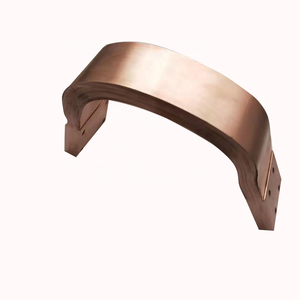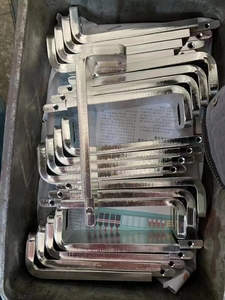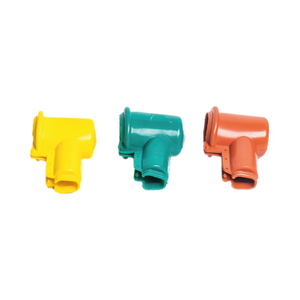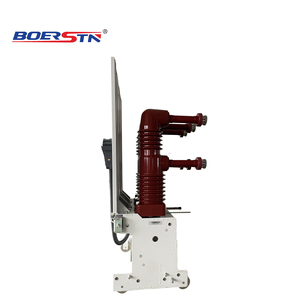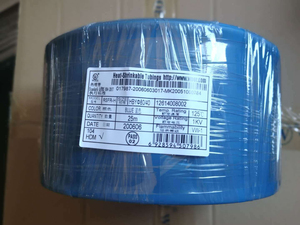Introduction to 35kV Busbar
A 35kV busbar is an essential component in electrical distribution systems, designed to transmit high voltage electricity efficiently. It plays a critical role in substations and industrial applications, effectively connecting various electrical devices, circuits, and transformers. The primary purpose of a busbar is to conduct electricity while providing a reliable means of interconnection among electrical components. Thanks to its robust design and materials, a 35kV busbar serves both safety and performance needs in high-voltage environments.
Types of 35kV Busbar Systems
35kV busbars come in a variety of configurations to meet different electrical needs. Here are some common types:
- Air Insulated Busbars: These are commonly used in substations and feature an exposed design that allows for easy dissipation of heat.
- Gas Insulated Busbars (GIB): Compact and highly insulated, these busbars operate in a gas environment, making them suitable for confined spaces.
- Hybrid Busbars: Combining elements from both air and gas insulation, hybrid busbars provide flexibility and reliability in design.
- Bus Conductor Systems: This type focuses on maximizing conductivity, often constructed from high-grade copper or aluminum.
Applications of 35kV Busbars
35kV busbars are widely applied in various industrial and commercial sectors:
- Power Generation: They are integral to linking generators with transformers and switchgear.
- Renewable Energy Facilities: Utilized in wind and solar power plants for efficient energy transmission.
- Substations: Essential for distributing electricity from high voltage lines to lower voltage circuits.
- Industrial Plants: Providing power distribution across heavy machinery and equipment.
- Utility Networks: Ensuring stable connections within grid systems and enhancing overall efficiency.
Features and Advantages of 35kV Busbars
Understanding the features and advantages of 35kV busbars is crucial for making informed decisions. Here are some key points:
- High Current Carrying Capacity: Capable of handling significant electrical loads, ensuring efficient operation in high-demand situations.
- Durable Materials: Typically manufactured from high-quality aluminum or copper for enhanced performance and longevity.
- Space-Saving Design: Particularly gas-insulated varieties are compact and suited for installations with limited space.
- Low Maintenance Requirements: Minimal upkeep due to their robust design, helping to reduce operational costs.
- Improved Safety: Insulated options protect against electrical hazards, ensuring safer working conditions.
- Environmental Resilience: Designed to withstand harsh environmental conditions, ensuring reliable performance over time.






